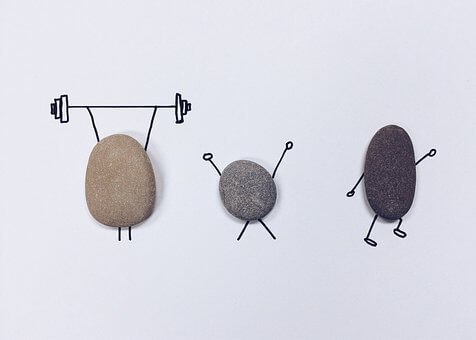Sprains! No matter where you get one, they can be one of the most inconvenient injuries due to their ability to cause pain and limit movement. Quickly identifying and treating a sprain injury is vital, as an incorrect diagnosis or a delay in treatment can prolong the injury and cause ongoing problems.
Luckily, we have put together this handy guide to ankle, knee and wrist sprain to enable you to quickly identify whether you have a sprain, what grade of a sprain you may have and how you can treat it quickly and effectively. In addition to reading the information in this guide, you should also seek a medical diagnosis and treatment advice from a health care professional.
Find out more about ankle, knee and wrist sprains.
The ankle, knee and wrist are particularly vulnerable to bruising, sprains and strains, especially in those who play a sport or regularly undertake other athletic and physical activities. Visit the articles listed below to help you determine whether you have a sprain and if so, how to treat it.
Wrist sprain

A wrist sprain can be a painful and inconvenient injury so understanding the symptoms and best treatment are essential. Read on to find out more about how to identify a wrist sprain and what you can do to recover.
Knee sprain

Knee sprains can be confusing; with a variety of different “grades” of sprain, and a variety of ways in which the ligaments can be damaged, it can be hard to even know if you’ve sprained your knee or not! Read on to find out how to assess a knee injury, and how to begin treating it.
Ankle sprain

Ankle sprains are one of the most common soft tissue injuries. Simply stepping on an uneven surface or landing awkwardly on the side of your foot can cause a sprained ankle. Read on to learn more about how to correctly treat this injury.

CoolXChange supports active lifestyles. The gel bandage provides cooling and compression with no need for refrigeration. Keep the bandage handy in your first aid kit or your glovebox. Find out more and buy.


Recent Comments